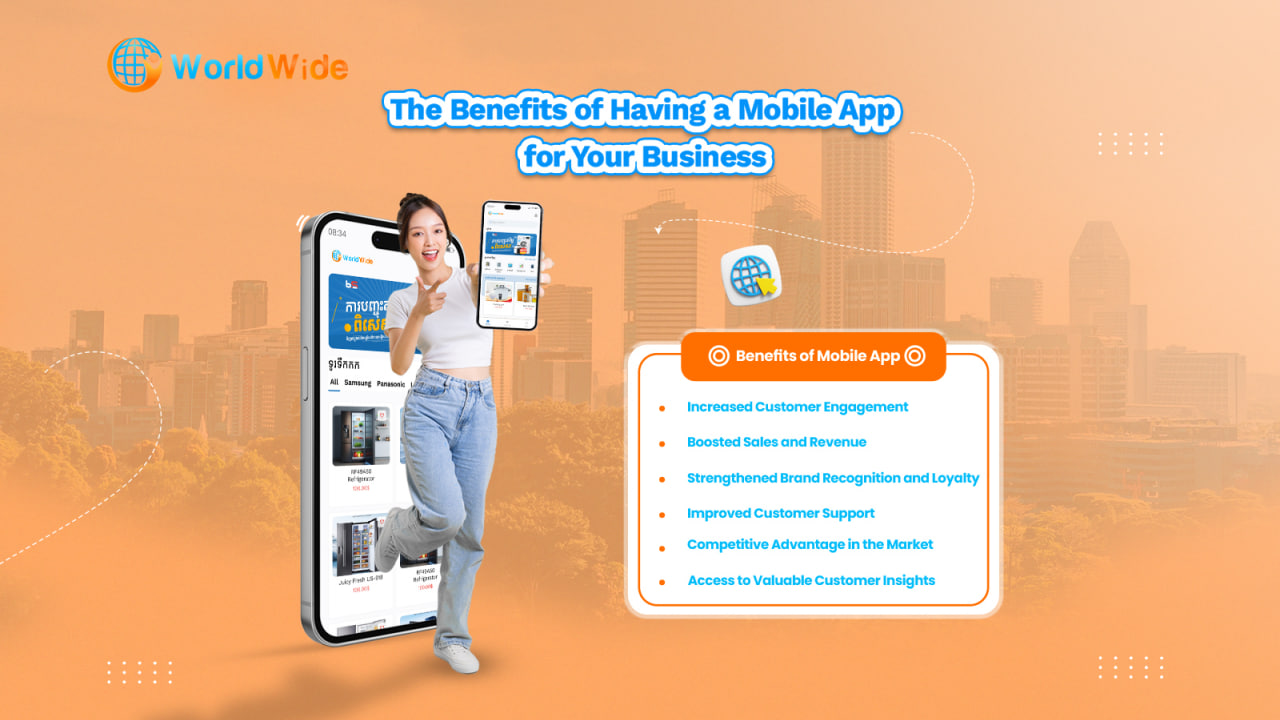Creating an engaging shopping experience in your online store is key to retaining customers, increasing sales, and fostering brand loyalty. Here are some effective tips to build an engaging, customer-focused online shopping environment:
1. Prioritize User-Friendly Navigation
Make it easy for customers to browse with clear product categories and subcategories, a search bar with autocomplete or suggested searches, and intuitive navigation tools like breadcrumbs and filters. A well-organized store encourages customers to explore and reduces frustration, especially when handling large catalogs.
2. High-Quality Product Images and Videos
Visuals are the cornerstone of online shopping, as they help bridge the gap between physical and digital shopping experiences. Offer multiple product images from different angles, as well as a zoom feature to allow customers to inspect details closely. Including short videos or interactive 3D views can add further depth and enable customers to see the product in action, making it feel more tangible. Consistent styles and backgrounds for images create a cohesive, professional look across your store, building brand credibility and instilling confidence in the quality of your products.
3. Detailed Product Descriptions
Use concise, informative descriptions that highlight features, benefits, and usage tips. Storytelling can also create an emotional connection by explaining a product’s craftsmanship or purpose. Including specifications and sizing guides ensures customers have the information they need, reducing return rates.
4. Build Trust Through Social Proof
Social proof is essential for building trust, especially for first-time visitors. Prominently display customer reviews and ratings on product pages, as seeing real customer feedback reassures potential buyers. Encourage user-generated content, such as photos or videos from customers using your products, which adds authenticity and provides new customers with a real sense of the product’s functionality and appeal. Additionally, featuring testimonials or endorsements from influencers or experts in your industry can strengthen credibility, as their authority can positively influence buying decisions.
5. Create a Personalized Shopping Experience
Tailor recommendations with a product recommendation engine that suggests related items based on browsing or purchase history. Allow customizable products when possible, like selecting colors or engraving options, to create a sense of personal connection with the product.
6. Simplify the Checkout Process
A smooth, straightforward checkout process can significantly reduce cart abandonment. Offer a guest checkout option to cater to customers who prefer a quick purchase without creating an account. Structure the checkout process in a step-by-step manner with clear instructions, and consider adding a progress bar so customers know how close they are to completing the purchase. Multiple payment options, such as credit cards, digital wallets, and installment plans, accommodate different customer preferences, making it easier for them to complete their transactions comfortably.
7. Offer Flexible Shipping and Returns
Transparent shipping information is crucial to avoid surprises at checkout. Clearly outline available shipping options, fees, and estimated delivery times to set clear expectations. Offering flexible and hassle-free returns, such as free return shipping or easy exchange policies, makes customers more comfortable when deciding to buy. A well-thought-out return policy not only helps foster trust but also reassures customers that you value their satisfaction.
8. Create a Mobile-Optimized Experience
Optimize your site for mobile devices with responsive design, touch-friendly navigation, and mobile payment options like Apple Pay or Google Wallet. Since mobile shopping continues to grow, a seamless mobile experience can lead to increased sales and customer satisfaction.
9. Leverage Limited-Time Offers and Scarcity
Creating urgency is a powerful motivator in online shopping. Use flash sales, countdown timers, or “limited-time” tags to encourage immediate action. For popular items, displaying low-stock alerts such as “only 3 left” can push customers toward a faster decision. Offering exclusive online discounts or bundled deals also adds incentive, as customers feel they’re getting a special value by purchasing directly from your site, increasing both conversions and customer loyalty.
10. Utilize Live Chat and Customer Support
Real-time support through chatbots or live agents keeps customers engaged and answers questions quickly. Proactive support with features like FAQs within the chat can help resolve common concerns, creating a positive experience that encourages repeat purchases.
11. Optimize Page Speed and Performance
A fast website is critical for retaining customers, as slow loading times can lead to frustration and abandonment. Optimize image sizes, minimize the number of plugins, and use a Content Delivery Network (CDN) to maintain fast loading speeds. Avoid too many pop-ups and intrusive ads, which can disrupt the shopping experience. Regular site maintenance to check for broken links or outdated code will help keep your site secure and functional, providing a smooth experience for every customer.
12. Build an Interactive Community Around Your Brand
Encourage social media engagement by asking customers to share their purchases and tag your store. A rewards program can incentivize repeat purchases, and newsletters with exclusive content, discounts, or virtual events can keep customers excited about your brand and foster a loyal community.
By implementing these strategies, you can make your online store an inviting and engaging destination that customers will want to return to.





